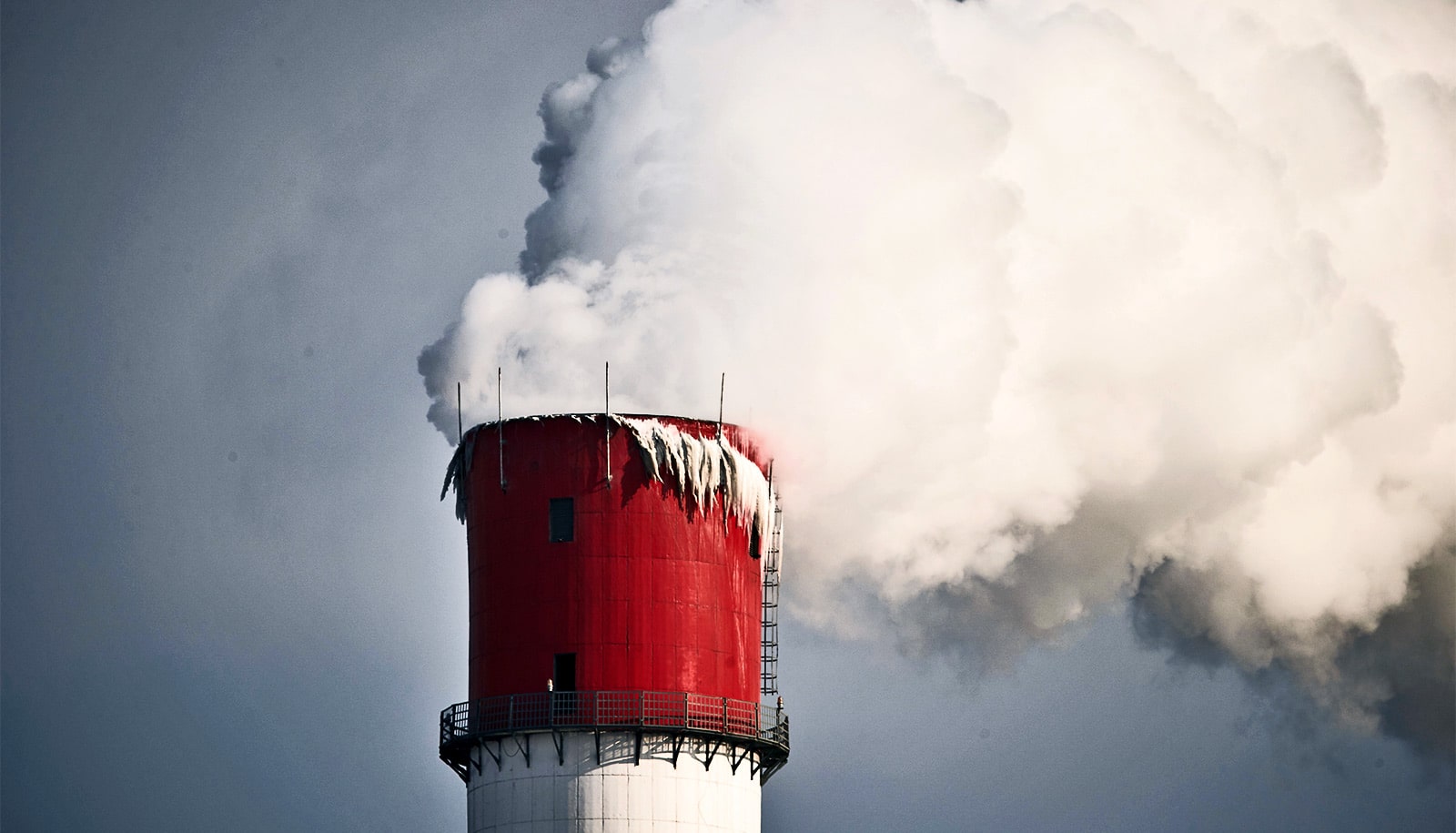Overall air pollution in the United States has decreased since 1990, but people of color are still more likely to be exposed to pollutants than white people, regardless of income level, new research shows.
Air pollution is linked to multiple health conditions, including heart disease, cancer, and cognitive decline. These effects vary depending on the source of air pollution. And not everyone is equally exposed to poor air quality.
“There have been so many improvements. But we still see these disparities persist, even after two decades.”
For the new study in Environmental Health Perspectives, researchers investigated disparities in exposure to six major air pollutants in 1990, 2000, and 2010 by comparing models of air pollution levels to census data—including where people live, their racial/ethnic background, and their income status.
“This is the first time anyone has looked comprehensively at all these main pollutants and watched how they vary over time and space,” says senior author Julian Marshall, professor of civil and environmental engineering at the University of Washington.
“This paper is a chance to recognize that, while every community is unique, there are some factors that play out over and over again consistently across our country. If we go state by state, there’s no place where there are no environmental justice concerns.”
Previously the researchers showed that Americans of color were exposed to higher concentrations of nitrogen dioxide (NO2), an outdoor pollutant from cars and trucks, in two census years: 2000 and 2010.
Now the team has expanded that research to look at five additional pollutants that are harmful to our health: carbon monoxide (CO), ozone (O3), sulfur dioxide (SO2), and particulate matter—both larger particles, such as dust or pollen (PM10), and smaller particles, such as molecules from vehicle exhaust (PM2.5).
For all pollutants except for PM2.5, the researchers also expanded the census years studied to include 1990, in which the Clean Air Act was revised to tackle air pollution and emissions.
“There have been so many improvements,” says lead author Jiawen Liu, a doctoral student in civil and environmental engineering. “But we still see these disparities persist, even after two decades.”
To get air pollution data for each year, the researchers used models that incorporate pollution estimates from multiple sources, including data from satellites and Environmental Protection Agency monitoring stations. These levels were then mapped onto census demographic groups—including four race/ethnicity categories (Black, Asian, Hispanic, and white) and income—to determine estimated exposure to each pollutant for each group across states in the contiguous US and Washington, DC.
For each location, the team calculated both absolute and relative disparities. For absolute disparities, the researchers subtracted pollution exposures for each group from the average exposure for the state. The team determined relative disparities by dividing the absolute disparity by the average exposure across the country.
“Relative disparities allow us to compare across pollutants,” says Liu, who is also a master’s student in biostatistics. “Each pollutant will have a general range of exposure, but when you divide by the average it gives you a basis for how big or small that exposure disparity is.”
Disparities varied from location to location, but for all years and pollutants, a racial/ethnic minority group had the highest level of exposure. This trend continued in 2010, despite cleaner air overall. One limitation to this approach, the researchers say, is that the pollution models reflect national averages, so they might not be as good at catching unusual pollution events in some communities.
“Essentially, our research is showing these disparities exist,” Liu says. “We’re trying to catch people’s attention and show what is happening now. We hope this information will motivate change.”
“We have to document this,” Marshall adds. “This might be new to the scientific literature, but it is not new to the communities that are most impacted by air pollution. These communities have been saying this message for a long time. And it’s important to bring humility to our research.”
Additional coauthors are from the National Cancer Center-Graduate School of Cancer Science and Policy, Carnegie Mellon University, and the University of Washington. The study was developed as part of the Center for Air, Climate, and Energy Solutions, which received supported under an Assistance Agreement from the US Environmental Protection Agency.
Source: University of Washington



